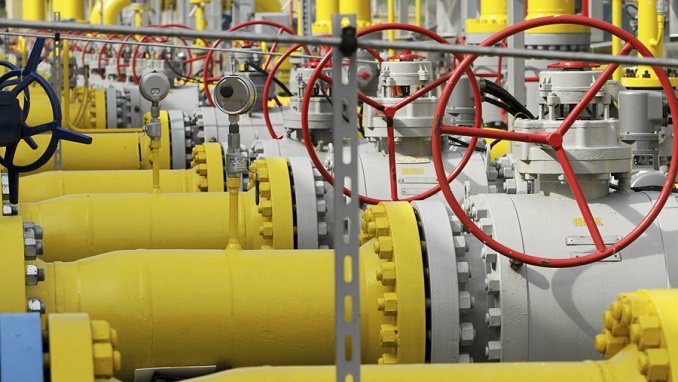A Russian tanker arrived in East China’s Jiangsu Province after 23 days at sea, delivering the first direct shipment of natural gas from Russia’s Yamal LNG in the Arctic, CGTN reports.
China is on track to become the world’s biggest importer of natural gas, in an effort to diversify its consumption and switch to cleaner energy sources. The Yamal plant is the world’s largest liquefied natural gas project operated near the North Pole. Exploitable natural gas reserves there are estimated at 1.3 trillion cubic meters.
The shipment came via the Northern Sea Route, a passage which can be only used during summer months, after the thicker winter ice has melted.
The route cuts travel time almost in half, as it’s about 13,400 kilometers (over 8,300 miles) shorter than the traditional eastern route via the Suez Canal. Beijing hopes the latest gas deal with Moscow will contribute to China’s energy reform.
According to Zhang Chenwu, head of international business at PetroChina, the project as a joint effort was made possible by the ample resources in Russia, the steady market in China, and the high-end technologies used by western countries to produce liquefied natural gas (LNG).
China owns a nearly 30 percent stake in the $27 billion Russian operation, and Russia has big ambitions for Yamal and its service to China.
Beijing believes that in the next 10 years, the bilateral trade volume of natural gas between China and Russia will exceed 70 billion cubic meters, and that Russia will become the largest natural gas supplier to China.
The opening of the Northern Sea Route comes at a time when China faces challenges in its energy sector reforms, shifting from coal-fired power to gas, a much cleaner energy. But that policy led to a gas shortage in the north last winter, and officials are working to avoid that situation again.
Another project nearing completion is a 3,000 kilometer (over 1,800 miles) gas pipeline known as the “Power of Siberia” linking Russia to China. It’s due to come online by the end of 2019, and there’s already talk of a second parallel pipeline along the same route.












